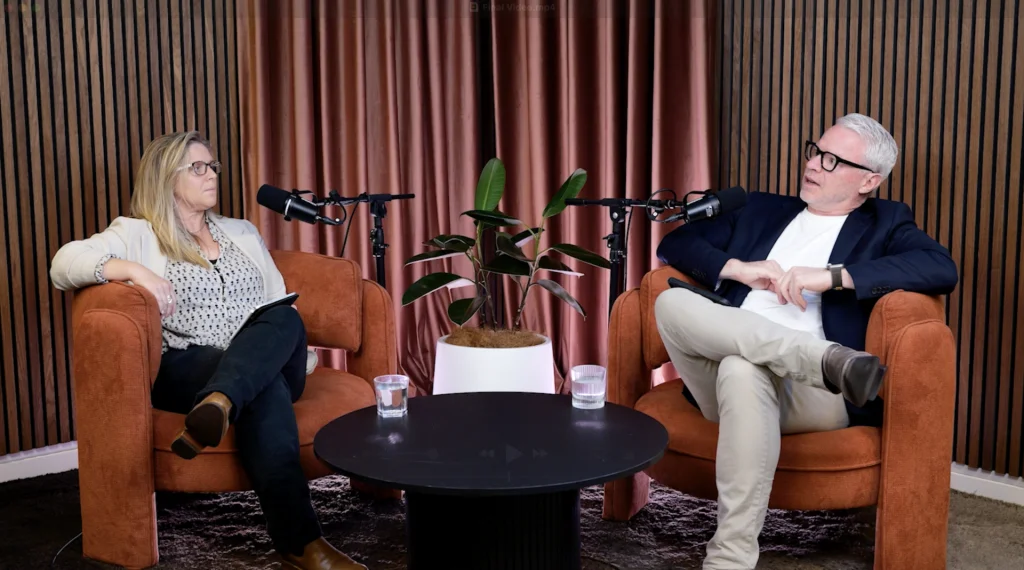Once you’ve decided to bring in a crisis communications consultant, the first 24 hours matter. Smart, deliberate action will lead to a smooth onboarding and a rapid expansion of your response capacity. Unstructured engagement, by contrast, risks creating more administrative burden and internal confusion – exactly what you’re trying to avoid.
There may have been several exploratory conversations before the engagement was formalised. But moving to full operational alignment – bringing the consultant properly “inside the tent” – requires a deliberate shift in posture. This is now a single, combined team. Expectations, knowledge, and ownership need to be consistent across both sides. The first step is to share relevant background: documents, decisions, risk registers and internal communications that pre-date the choice to bring in outside help. (Make sure to use the agreed method for exchanging sensitive files) Any good consultancy will make space for an extensive initial download. It’s not optional. It’s foundational.
Here is a checklist of the primary elements that should be established on Day One:
Teams’ roles and responsibilities. The signed scope of work will give some structure, but most scopes are necessarily broad. They won’t cover every operational detail. Clarify who handles admin and updates, who is responsible for real-time press monitoring, who distributes coverage internally, and who owns scheduling. Who is the ultimate decision maker – the person who can make final decisions in real time? Some companies prefer to keep these functions in-house to control costs and preserve internal precision. Others may lack available resources or want to avoid distraction – and choose to delegate more to external partners.
Forms of communication. What platforms will the group use? What needs to be documented? Legal and compliance teams often have very specific expectations around communication capture and record-keeping. Clarify what’s being recorded, how, and by whom. This can be particularly important in regulated industries. Decide whether the primary channel will be Microsoft Teams, Slack, Zoom chat, Google Chat, or traditional phone/email. Don’t assume everyone will default to the same platform, especially if parts of the team are in different geographies or legal frameworks.
Communication rhythm. Set a baseline frequency for updates and calls. Real-world events will often override the structure, but establishing a rhythm reduces ambiguity. Most teams hold a brief huddle at the start of the day. In parallel, you might schedule a weekly call focused on logistics, coordination and next steps. These touchpoints tend to taper as the crisis stabilises.
Boundaries and sensitivities. Crises often involve sensitive or protected matters. Even experienced consultants won’t be familiar with every legal, jurisdictional or procedural boundary. These must be stated explicitly at the outset. What can’t be shared, and who must be informed before certain actions are taken?” Where are the red lines? Addressing this early avoids confusion later.
This can sound like a lot to ask of a business that’s already navigating a high-pressure event. But in practice, none of this should fall on the shoulders of already overstretched senior leadership. A robust onboarding process draws on two main factors.
First, your crisis playbook – ideally developed in calmer times – should provide structure. It defines roles, procedures and key resources. It should be reviewed quarterly and shared widely, in case a key stakeholder is impacted by the crisis itself.
Second, your crisis communications consultant should drive the onboarding. If you’ve picked the right partner, it will feel immediate and intuitive. They’ll take ownership of the operational lift. Your job is to answer questions – not to guess what should be happening.
If you’re still in the selection phase, don’t be afraid to ask direct questions:
– “What will our first day working together look like?”
– “Where should we be 24 hours in?”
– “How does your onboarding process reflect your reputation as a leading crisis firm?”
While the crisis might seem endless and insurmountable at the beginning, every single crisis always ends. Make sure you decide what success or an endpoint looks like. The first day is a critical first step towards this destination.
Cognito helps clients navigate crisis situations at speed and with structure. Our global presence means we are always available – no matter the time zone. [Start the process here.]





